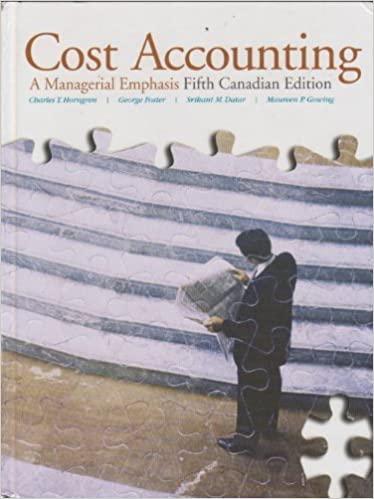Mark Welsch deposits 57,200 in an account that earns interest at an annual rate of 8%, compounded qaarterly. The $7,200 plus earned interest must remain in the account 10 years before it can be withitrawi. How much moncy will be in the account at the end of 10 years? Formula of FV of a Single Amount We must modify the formula for the present value P2. of a single amount to obtain the formula for the future value of a single amount. In particular, we Apply if multiply both sides of the equation in Exhibit B. 2 by (1+i)n to get the result shown in Exhibit B.4. f=p(1+i)n Illustration of FV of a Single Amount for One Period The future value (f) is defined in terms of p,i, and n. We can use this formula to determine that $200(p) invested for one period (n) at an interest rate of 10% (i) yields a future value of $220 as follows. f=p(1+i)n=$200(1+0.10)=$220 Illustration of FV of a Single Amount for Multiple Periods This formula can be used to compute the future value of an amount for any number of periods into the future. To illustrate, assume that $200 is invested for three periods at 10%. The future value of this $200 is $266.20, computed as follows. f=p(1+i)n=$200(1+0.10)3=$2001.3310=$266.20 Using Future Value Table to Compute FV of a Single Amount A future value table makes it easier for us to compute future values (f) for many different combinations of interest ald(i) and time periods (n). Each future value in a future value table assumes the present value (p) 15. I. If the future amounit is something-other than 1. we multiply our anvec toy thut aiseve. Ther formula used to construct a table of future salues (tactors) for a single amicunt of 1 . Table 8.2 at the end of this appendix shows a table of future. values for a current areenat of 1. This type of table is called a frature value of 1 table, where n=0, the future value is 1 for each interest rate. This th becuuve no intered is earned when time does not pass, We alco see that Tables B.I and B 2 report the same informaation bot in a different manner. In particular, one table is simply the necisment of the other. To allusanise this inverse relation, let's say we invest 5100 for a period of five years at 12r pet year. How much do we expect to have after five years? We can answer this question wsing Table B.2 by finding the future value (f) of 1 . for five periods from now. compoutided at 129. From that 5176.23(51001.7623). We can alternatively 100, the amount it accumulales io after five years is value (p) of 1. discounted frve periods at 12%, is 0.5674,R. He Here we find that the nimevent present value and future value. This means that p=1/f( or equivalently. f=1/p). We can correpate the future value of $100 invested for five periods at 12% s follows: f=$100(1/0.5674)= $176.24 (which equals the $176.23 just computed, except for a 1 cent rounding differencel. A future value table has three factors: f, f, and n. Knowing rwo of theie three factom allows us to compute the third. To illustrate, consider three possible cases. Case 1 Solve for f when knowing i and n. Our preceding example fits this cuec. We faurad that $100 invested for five periods a 125 interest accumulates to 5176.24. Case 2 Solve for n when knowing f and f. In this case, we have, 59y,52,00,1)(p) and we want to know how many periods (n) it will take to accumulate to 53,000(f) all 7 itrieted (i) To answer this, we go to the future value table (Table B.2) and look in the 95 inicrescolum if itc We find a column of future values (f) based on-a present value of 1 . To use a fature watue bhle we must divide $3,000(f) by $2,000(p), which equals 1.500, This ir necessiry bocume a fic(f). Which we find in the row for six periods (m). This means thet 52000 inverudfis at 7% interest accumulates to $3,000. answer that, we go to Table B.2 and search in the row for ninte periods. To use a futime tains table, we must divide $4,000(f) by $2,001(p), which equals 1.9990, Recall that this is nsce. sary because a future value table defines p equal to I and f as a multiple of 1 . We look for a value nearest to 1.9990(f). Which we find in the column for 8% interest (i). This theans that $2,001 invested for nine periods at 8% interest accumulates to $4,000. Decision Maker









